SAN FRANCISCO
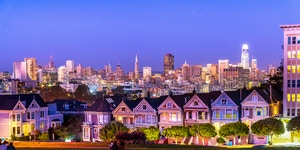
Vibrant City Life In Its Full Zeal!
San Francisco, America’s liveliest city, offers a diverse culture, amazing landscapes, delicious food and a plethora of fun activities to do. The magic of San Francisco attracts millions of visitors each year. The city is home to some of the most beautiful wonders, architectural landmarks, friendly residents and enough attractions to keep tourists entertained. The most interesting thing about San Francisco is that although the city is enriched with attractions, it’s geographically small and can be explored within a day. In just a day, you can take a trip to the Alcatraz can be done, walk through the old Chinatown, visit ancient museums, shop at the Union Square, peek and walk over the golden gate bridge, eat at a fancy restaurant, ride the cable car, etc.
One thing that is unparalleled in San Francisco is its scenic views. Even if you are taking a stroll down the street, you can enjoy mesmerizing views. San Francisco amazes tourists with its unpredictable climate and weather keeps changing throughout the day. The city, being culturally diverse, offers cuisines from all across the world. If you are a bicycle lover, San Francisco is the perfect place for you. Book one of our holiday packages and visit the city of vibrancy!
BROCHURES AND INFORMATION ON SAN FRANCISCO
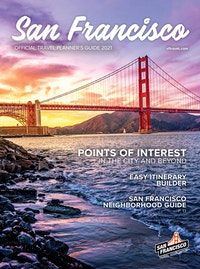
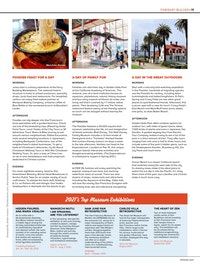
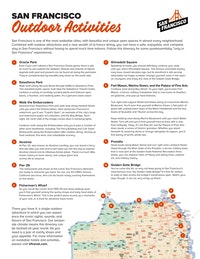
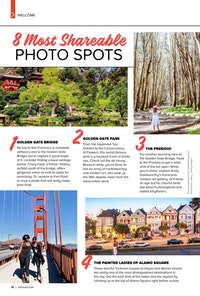
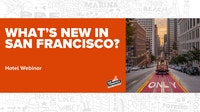
Still current at:11 October 2021
Updated:27 May 2021
Latest update:If you’re flying to the USA you must provide evidence of a negative COVID-19 test within three days of your departure or proof that you have recovered from COVID-19 and complete an attestation (see 'Travel'). This applies to all passengers aged two years and older, U.S. citizens and legal permanent residents. COVID-19 remains a serious health risk. Various restrictions and public health measures are in place and vary by location. Monitor the Embassy website for further COVID-19 related information (see ‘Local Contacts’).
Protests and demonstrations have increased in frequency, size and intensity since May 2020. Avoid areas where protests and demonstrations are occurring due to the continuing potential for disorder and violence. Follow the instructions of local authorities and abide by any curfews and stay at home orders (see ‘Safety’). Monitor the media for information and updates.
Safety
Protests and demonstrations have increased in frequency and size since May 2020. Some protests have turned violent. Avoid areas where protests are occurring due to the ongoing potential for unrest and violence. Monitor the media for information and updates. Follow the instructions of local authorities, including by obeying any curfews.
The US has a heightened risk of terrorist attacks. Terrorists may use vehicles, knives, homemade bombs, and poisons or toxins. Be alert, particularly in public places and at events.
Violent crime is more common than in Australia and gun crime is possible in all areas. Follow local guidance and instructions. If you live in the US, learn active shooter drills.
Thieves target travellers. Take care on public transport. Don't leave valuables in your rental car.
Extreme weather and natural hazards include earthquakes and tsunamis, wildfires, hurricanes and floods, tornadoes, volcanic eruptions, and blizzards. Monitor weather conditions and follow any mandatory evacuation orders.
Health
COVID-19 remains a risk in the US.
Insect-borne illnesses are a risk in parts of the US. These include West Nile virus. Make sure your accommodation is insect-proof. Use insect repellent.
Make sure your vaccinations are up-to-date before you travel.
Medical costs are high. You may need to pay up-front. Ensure you have comprehensive travel insurance.
Travel
The US has suspended entry, or transit, of foreigners who have travelled to or reside in certain COVID-19 affected countries. They may also deny boarding of any US-bound traveller showing signs of illness. Expect enhanced screening procedures, including for domestic flights within the US. Information and advice is available from the Centers for Disease Control and Prevention (CDC) and the Transportation Security Administration (TSA).
If you're flying to the US from overseas you'll be required to test negative to COVID-19 no more than three days before their flight departs or provide proof that they have previously recovered from COVID-19. Passengers will need to provide proof of the negative result or documentation of having recovered from COVID-19 to their airline and complete an attestation before boarding. If a passenger does not provide documentation of a negative test or recovery, or chooses not to take a test, the airline must deny boarding. Further information is available on the CDC website.
In addition to being tested within three days of boarding their flight to the US, the CDC recommends that anyone travelling to the US from overseas get tested again within 3-5 days after arrival and stay home for seven days post-travel. US states have their own quarantine requirements for new arrivals from overseas and/or for domestic travel from other US states. Further information can be found on the websites of the individual states.
Check US entry, transit and exit requirements. If you're visiting for less than 90 days, you may be eligible for the Electronic System for Travel Authorisation (ESTA) and be able to enter under the Visa Waiver Program. If you're not eligible, you'll need a visa. Each traveller, including children, must have their own ESTA and visa waiver, or visa.
The US restricts travel to and from Cuba. Make sure you meet all requirements. US authorities may question you when you arrive in the US.
To drive in the US, you need an International Driving Permit (IDP). Get your IDP before you leave Australia. Some states may let you drive on your Australian driver's licence. Learn local traffic rules and driving conditions before you drive.
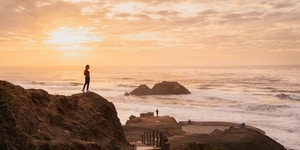
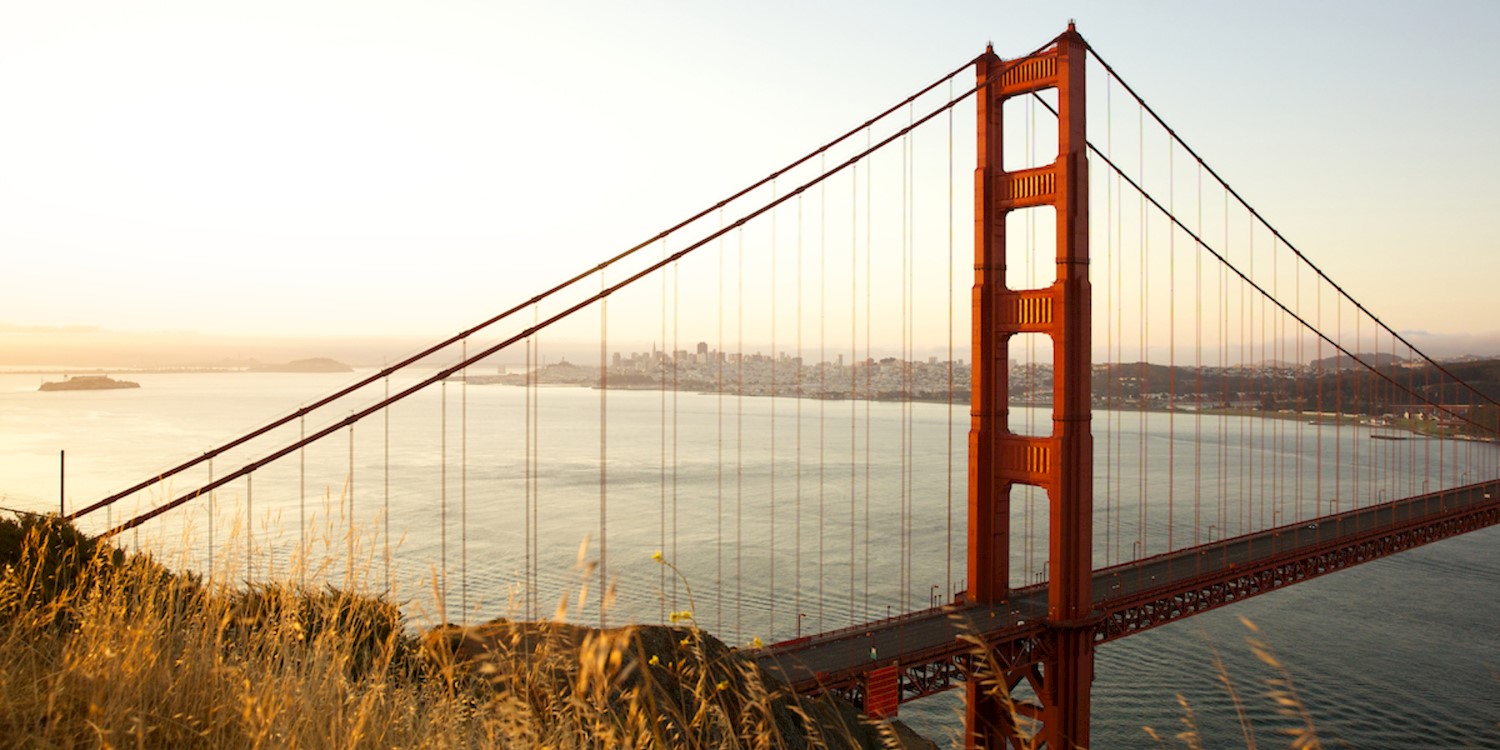

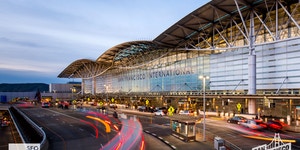
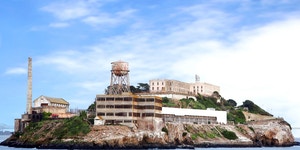 ???????
???????